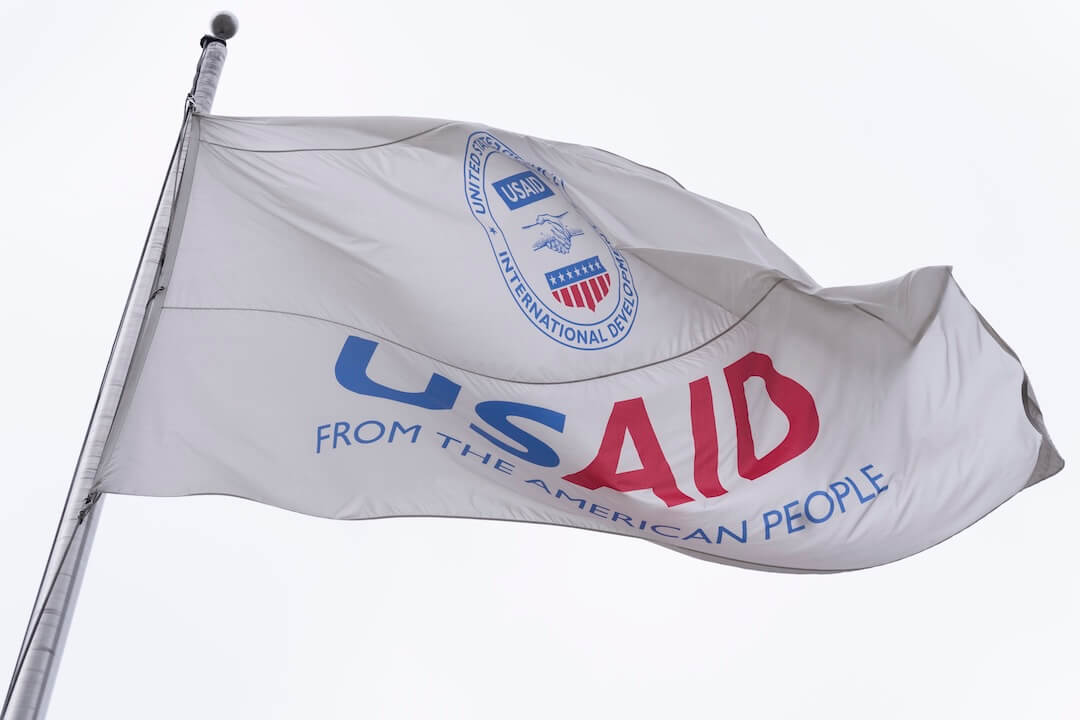Whenever someone says moral values these days, I get a sense of déjà vu. Haven’t we journalists already had this conversation? Haven’t we been talking about this all along?
It’s easy to say the media are out of touch. And I won’t even try to argue to the contrary. Newsrooms continue to struggle and flounder in their attempts to reflect the lives and concerns of conservative Americans.
But this conversation did not begin with an exit poll on Nov. 2. If we’re going to get better, we have to understand where we are on this journey.
Ten years ago I became part of a nationwide trend in journalism. My boss at The Spokesman-Review in Spokane, Wash., made me a religion writer. I joined a small army of journalists carving out a new plan for covering some of the oldest stories.
We had a mandate to make up for the sins of our brethren.
Throughout the late 1980s and early 1990s, people of all faiths were getting fed up with the way the media covered religion, faith, and spirituality. The First Amendment Center published a report in 1993 that detailed the frustration and eroding credibility newsrooms were breeding among the faithful. “Bridging the Gap: Religion and the News Media” pointed out that many journalists lacked savvy and knowledge when it came to religion. That ignorance led to mistakes, misrepresentations, and an over-simplification of complicated issues.
So much progress had been made in such a short time that, in 2000, the First Amendment Center published an update. The center noted that faith had emerged as a force in public life, that newsrooms were devoting more resources to covering the topic and that, as a whole, journalists seemed to be much more literate about religion and spirituality.
In November 1994, the Republicans gained a majority in both houses of Congress for the first time since 1955. The Christian Coalition claimed credit for lining up a lot of GOP support among evangelical Christians and a new era of political conservatism was born.
Newsrooms took notice. In ensuing years, trade journals documented the rise of religion journalism. A national TV network, ABC, even hired a religion reporter, according to a 1995 story in the American Journalism Review.
Religion reporters had an impact that went beyond their own work. Rebecca Nappi is a columnist at The Spokesman-Review. She once pointed out that after I got the religion beat, issues of faith began showing up on the sports pages and even in the editorials. “It was as if people needed permission to write about it.”
Although some of our colleagues doubted we could do “real” journalism, meaning hard-hitting, serious stories about faith, the audience loved it. Readers applauded when The Dallas Morning News launched a weekly section that treated faith and spirituality as a topic just as worthy as sports or entertainment.
It didn’t take long for religion stories to become a regular feature on daily budgets. And the doubts about whether newsrooms could cover faith critically faded as The Boston Globe broke open the Catholic clergy abuse scandal.
On Election Day, exit polls found big support for “moral values,” and the pundits called the media out of touch. My first question was: What happened?
Religion reporters took a hit in the layoffs and cutbacks that began in 2001. Pages were cut, budgets were slashed, and many religion reporters found themselves with additional or different duties. Did we erase all the progress that had been made to that point? Was it just an illusion in the first place?
Maybe we just haven’t had enough time. Maybe we just haven’t gone far enough. Or deep enough. Yet.
Sure it’s OK to quote the high school running back as he gives God credit for his great game. It’s perfectly acceptable to pick apart the nuance of politicians’ personal belief system.
We cover faith and politics as if they are separate, isolated compartments in the lives our readers and viewers. In fact, most people live their faith and their politics every moment of every day. For many people, praying and voting are separate blossoms that grow from the same root.
Maybe our mistake has been to separate religion and politics into entirely different areas of coverage. What if political reporters and religion reporters swapped beats? Or worked on the same teams? For news-gathering purposes, the two disciplines are miles apart. Religion reporters tilt toward feature writing, political reporters toward a mix of daily and investigative work.
For the most part, religion writers produce fewer and longer stories. Political reporters burn up the keyboard. Yet if you look at the issues through the eyes of the individual, faith (or spirituality, or the absence of faith) and politics exist side by side. They are the places where people find and express meaning. They inform a sense of right and wrong and all that is in between.
My guess is the coverage of both topics would be transformed by closer associations in the newsroom.
It’s clear now that we haven’t gone far enough in coverage of faith and related issues. But it’s not fair or accurate to dismiss the thousands of journalists who work in mainstream newsrooms as out of touch. Great strides have been made in the past decade of journalism that can’t be erased.
So where do go from here?






